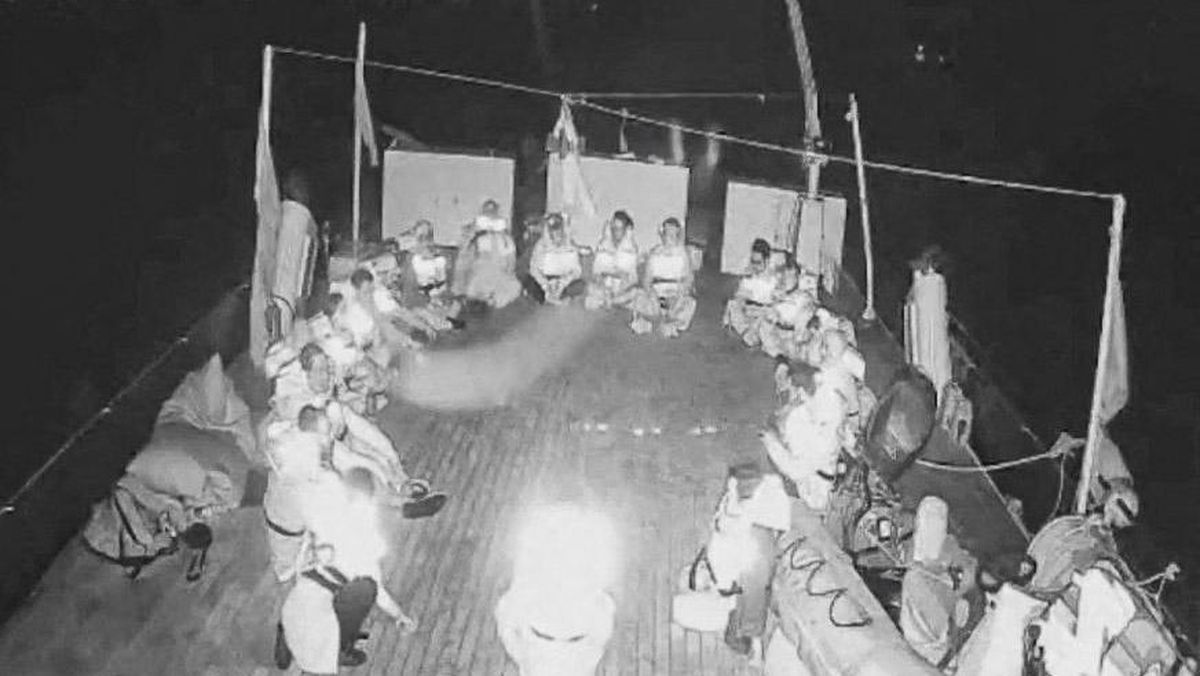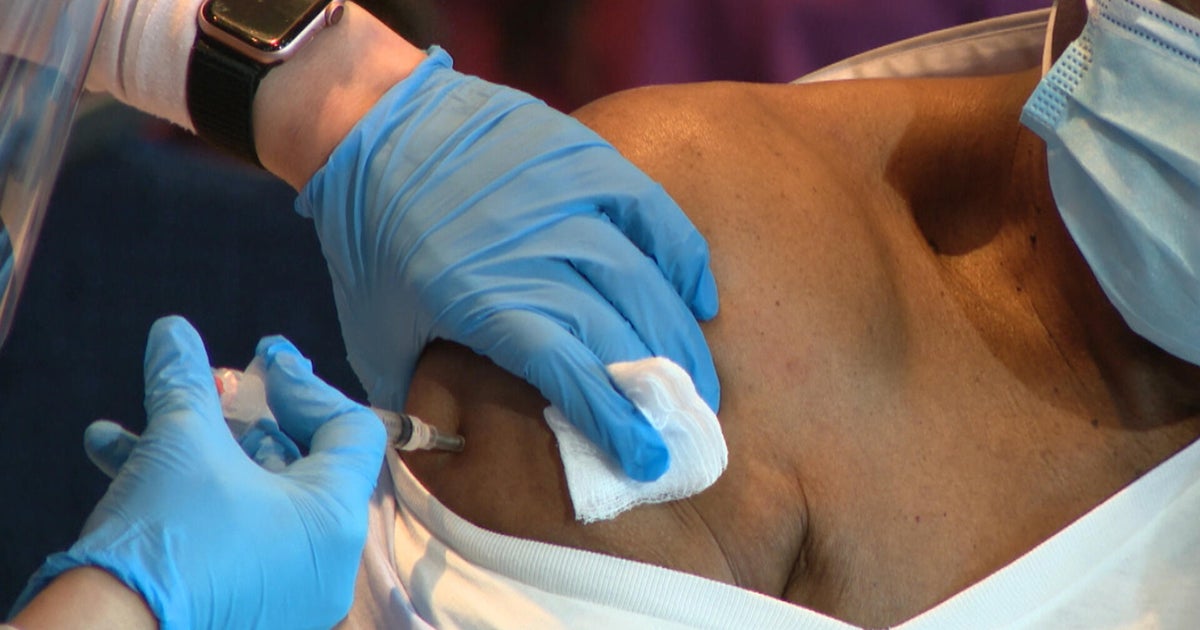Peaky Blinders creator Steven Knight’s new Netflix drama, House of Guinness, depicts the aftermath of brewer Sir Benjamin Lee Guinness’ death in May 1868 up to the attempts of his eldest son, Sir Arthur, to become a Conservative MP for Dublin City in 1870.
Knight is working with several real-life characters, although some, such as James Norton’s hard-nosed family fixer, Sean Rafferty, are fictional. The broad narrative – principally the Guinness family’s attempts to consolidate their brewery’s hold over Ireland’s drinking habits, and their fight to break into the lucrative American market – is true.
Still, if you are expecting accuracy rather than bingeworthy entertainment, think again. Here are some of the inventions created for dramatic purposes – as well as a few things that really happened.
EPISODE ONE

Anthony Boyle plays Arthus Guinness in House of Guinness on NetflixCredit: Ben Blackall/Netflix
False: There were near-riots at Sir Benjamin Lee Guinness’ funeral
The show depicts Sir Benjamin’s funeral, which took place on May 27, 1868, being a riotous affair, with outbursts of public disorder and effigies of him being burnt. The stated reasons for this in the show were the late magnate’s support for British rule in Ireland. Plus, his family’s Protestant faith, which was anathema to the Irish Republican Brotherhood, a Catholic group intent on home rule.
In reality, the service was nothing like that. A report in the Times on May 29, 1868, called it “one of the most impressive demonstrations of public feeling ever seen in this city” and talked of how “it was headed by 500 workmen, who presented a very respectable appearance. They were arrayed in mourning and, marching in with great regularity and steadiness … the people, who assembled in great numbers, witnessed it with manifestation of regret.” Even allowing for some journalistic licence, it is clear that any protests were comparatively low-key.
EPISODE TWO

Louis Partridge as Edward Guinness. Credit: Ben Blackall/Netflix
(Mostly) true: Guinness left his fortune solely to his eldest and youngest sons
Every good period drama has a “reading of the will” scene, and House of Guinness is no exception. In the second episode, the family are united to discover how Benjamin Lee Guinness wished to divide his vast fortune, and soon find out that he has left it all to his eldest son and heir, Sir Arthur (Anthony Boyle), and his youngest, Edward (Louis Partridge).
The reason given for not leaving anything to his second son, Benjamin (Fionn O’Shea), is that he is a drunkard who would only squander the money, and the pretext for similarly disinheriting his daughter Anne (Emily Fairn) was that she was already provided for thanks to her marriage to William Plunket, a clergyman who would later rise to the ranks of Lord Chancellor of Ireland.
The major thrust of the scene is accurate. But Arthur – who has spent years in London, after an Eton education – is now compelled to take up managing the brewery, at the risk of forfeiting his inheritance if he does not. In fact, his father’s will actually stated that “I direct and earnestly hope that my said sons … shall continue to carry on the said brewery and the business thereof.” If either brother wished to dissolve the partnership, they would be allowed only £30,000 plus half the value of the stock: a large sum at the time, but considerably less than the huge amount they would receive if they stayed in the family business.
The only major fictitious invention is that Benjamin was left penniless because of his lifestyle, and forced to head to London to get a job in the army. It is accurate that he was a gambler and spendthrift, and that he was never seen as likely to inherit the family firm. In fact, his father left him £20,000 with the intent that he would spend the money on either an estate or a business opportunity. In the end, he used the cash to set himself up as a gentleman of means, having already had a commission in the Royal Horse Guards obtained for him.
(Probably) false: Sir Arthur Guinness was gay
Sir Arthur Guinness married Lady Olivia Hedges-White (Danielle Galligan), the daughter of the third Earl of Bantry, and a woman of considerable fortune: she was believed, after Queen Victoria, to be the wealthiest woman in what was then the United Kingdom of Great Britain and Ireland. The two, however, did not have any children. From this slender biographical detail, the drama suggests firstly that Guinness was gay, and secondly that Lady Olivia was happy to pursue a mariage blanc, as she terms it, whereby he was free to have his own discreet affairs with other men if she was at liberty to do the same.
Sexual freedom of this nature was certainly not unknown in the highest salons of London and Dublin at the time, but there is no evidence that Sir Arthur was gay. Certainly, homosexuality was punished immensely harshly in Ireland at the time – the 1861 Offences Against the Person Act stated that “Whosoever shall be convicted of the abominable crime of buggery, committed either with mankind or with any animal, shall be liable … to be kept in penal servitude for life”. If the wealthiest man in Ireland were gay, he would have proceeded with such caution that any record of it is unlikely to exist.
False: Edward came up with the harp as the Guinness symbol
It is Edward, rather than Arthur, who is (accurately) depicted as the presiding genius behind the Guinness brand, and who took the stout and made it even more popular. However, his brilliance did not extend to his inventing the harp symbol for Guinness marketing purposes. The harp itself was an Irish heraldic symbol, the “Brian Boru Harp”, that had existed since the 14th or 15th century, and it was undeniably a savvy move to associate the beverage with this iconic token of Irishness.
However, it is not known whose idea it was, and in any case, the first time the harp was seen on a bottle of Guinness was in 1862; six years before the death of Sir Benjamin, when Edward Guinness was 15 years old.
EPISODE FIVE

Emily Fairn as Anne Plunket.Credit: Ben Blackall/Netflix
(Partly) true: The Guinness family implemented social housing for the poor
The storyline about the family paying for much-needed social housing in Dublin is not in itself inaccurate, but the chronology is wildly out of whack. The show suggests that Edward came up with the idea, which is true, but rather than doing so in 1868, with the first buildings opening in 1869, the Guinness Trust for the Housing of the Poor, as it was known, was first endowed with £250,000 in 1890, shortly before Edward’s elevation to the peerage.
Plus, the vast majority of the money (£200,000, in fact) was spent in London, rather than Ireland. Nonetheless, the Guinness Partnership has endured, and builds houses to this day.
False: Edward had an affair with Ellen Cochrane
Edward was married to Adelaide (Ann Skelly), a distant cousin of his, with whom he eventually had three sons. Although the series would have it that he fell madly in love with the fictitious character of Ellen Cochrane (Niamh McCormack), a working-class woman who was not only Catholic, but also a great proponent of Irish independence, decades before it came to pass.
In reality, the marriage was a happy one that saw both parties divide their time between Dublin and London and enjoy a lavish lifestyle in grand society.
EPISODE SIX

Louis Partridge as Edward Guinness.
(Mostly) false: Guinness made inroads into the United States
One of the ongoing sub-plots of the show involves the character Byron Hedges (played by Jack Gleeson), a fictitious illegitimate cousin of the Guinness clan, who spearheads the importation of Guinness into New York and, by doing so, gives the family a slice of the all-important American market.
Again, the chronology is completely out of kilter with documented facts. Guinness was imported into the United States in 1817, with the first eight barrels of the drink being shipped over to South Carolina on behalf of a man named John Heavy.
It was not until 1948 that Guinness opened its first brewery in Queens, although it proved unsuccessful and closed in 1954. However, the links between America and “the old country” remain strong – Guinness being essentially the national drink for St Patrick’s Day celebrations in the United States – and in 2018, Guinness, now owned by Diageo, opened a new brewery in Baltimore. The original stout is still brewed in Dublin and imported into America, on the grounds that only the parent institution can produce the beer to satisfactory standards.
EPISODE EIGHT

Finn O’Shea, Louis Partridge, Anthony Boyle and Emily Fairn.Credit: Ben Blackall/Netflix
False: There was an assassination attempt on Arthur Guinness
The show ends with a suitably tense set-piece scene in which Arthur, about to deliver a make-or-break speech that will support his political candidacy, is targeted for assassination by Patrick Cochrane (Seamus O’Hara), the most implacable member of the Irish Republican Brotherhood.
The episode cuts to black just as a shot is fired, meaning that the audience is none the wiser as to what has happened. However, historical precedent means that the outcome is more predictable than Knight might like. Not only did Arthur live until 1915, but there was no such assassination attempt on his life, although his nephew Walter Guinness, aka Lord Moyne, was murdered in 1944 by the terrorist group Lehi.
The House of Guinness is streaming on Netflix now.
Find out the next TV, streaming series and movies to add to your must-sees. Get The Watchlist delivered every Thursday.

















































